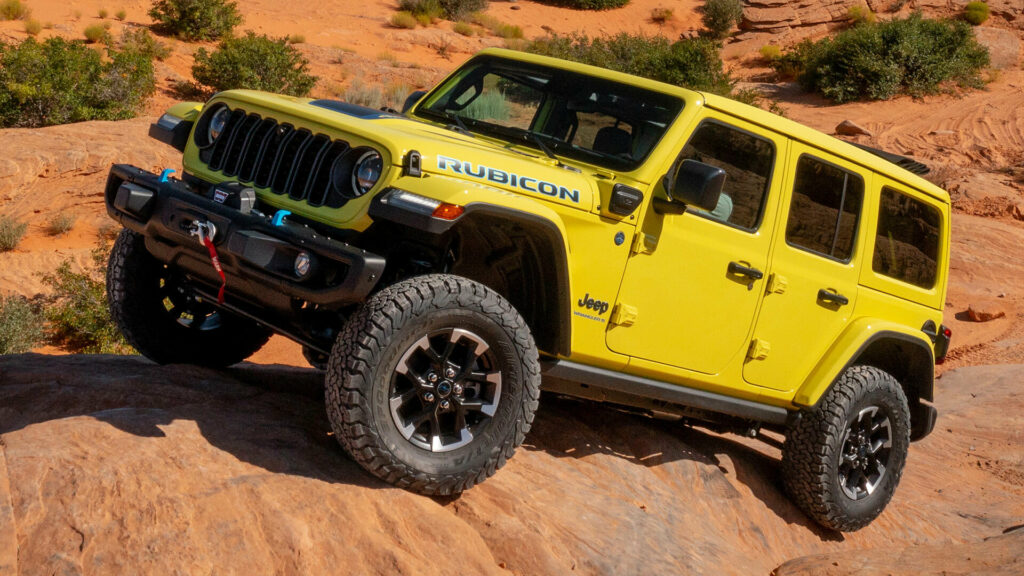Warning for Jeep Owners
Jeep owners pride themselves on their SUVs being able to go almost anywhere, but 320,000 of them in the US and another 20,000 in Canada now cannot simply park anywhere.
The Stellantis brand, focused on active lifestyles, is warning owners to park away from other vehicles and buildings while it fixes a malfunction that could cause the models to catch fire – and everything around them.
The Cause of the Problem
A total of 228,221 Jeep Wranglers manufactured for model years 2020-2025, and 91,844 Grand Cherokees produced for model years 2022-2026, have been subject to recall due to fire risk. The issue concerns only models with the plug-in hybrid 4xe powertrain, as the problem was identified in the Samsung battery pack of the hybrid system.
The defect lies in a potential flaw of the battery cell separator. If it fails, it can cause a short circuit inside the pack and in rare cases lead to what automakers call a “thermal event,” and the rest of us know as a terrifying fire.
Stellantis reports that only about five percent of the recalled vehicles are likely affected, but as with any fire risk, 5 percent is too many.

Temporary Safety Measures
Until a fix is ready, Jeep owners are being asked to keep their adventure-ready electric vehicles parked outdoors and away from garages, carports, or anything else flammable. They are also advised not to charge them until the recall work is completed.
This work will not begin before December, when Jeep will start sending letters to owners. But for now, the company cannot say how it will fix the affected SUVs, as this aspect is still being worked out.
Previous Recalls
This is the second recall of Jeep hybrid models we have reported on in the past two weeks. At the end of last month, the brand initiated a recall of nearly 25,000 Wrangler 4xe SUVs after a failed software update caused failures in the hybrid systems, in some cases leading to a complete loss of power.

This situation highlights the complexity of integrating advanced hybrid technologies into vehicles, especially when it comes to battery safety. Manufacturers continue to face challenges related to scaling these systems, affecting thousands of owners who rely on their vehicles for daily use. The temporary lack of a clear plan to resolve the issue may cause concern among consumers who expect quick and effective solutions from automakers in such cases.


 by
by 
